Tomb 94

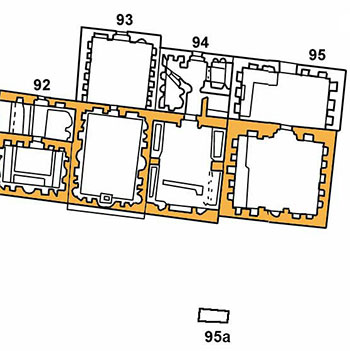
Tomb 94 has a burial chamber and an enclosure. The enclosure dates from a later period than the burial chamber and was also built later than the neighbouring tombs 93 and 95, from which it uses part of the walls.
The inscription above the entrance of the burial chamber is lost. We still see, however, a triangular tympanum flanked by two small windows. The burial chamber itself uses also the side walls of tombs 93 and 95. The walls of the burial chamber have a central aedicula with a tympanum, surrounded by small niches. Each wall has two arcosolia In the lower part. The tomb was therefore used for a mixed form of burying. Below the small niches are blank, marble name plates. The tomb was used only partly.

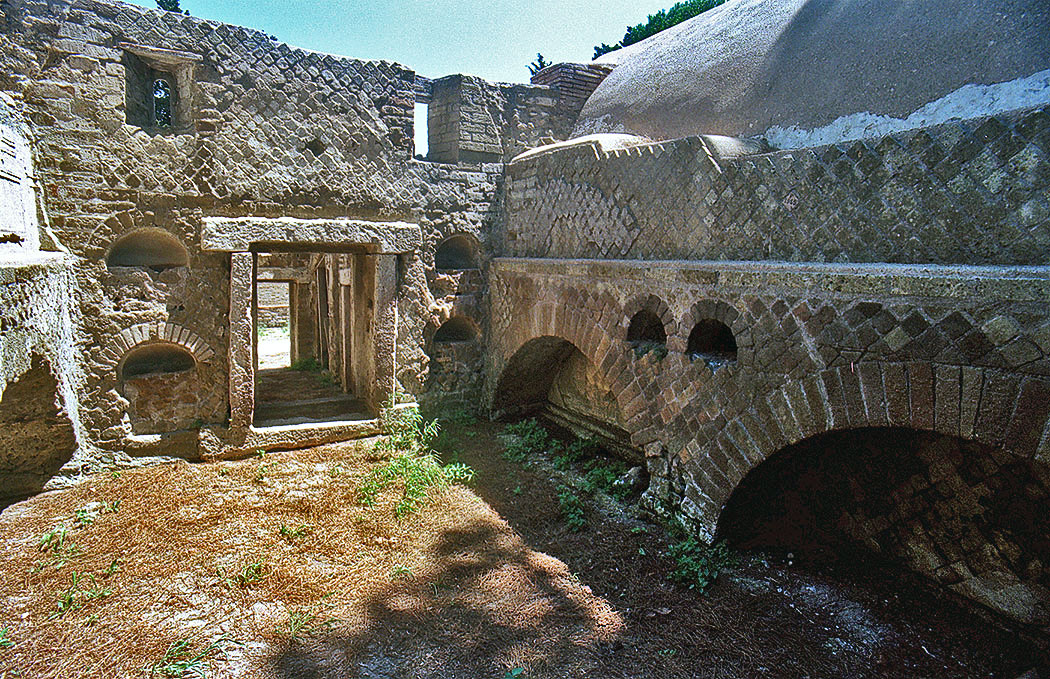
The enclosure has been built probably about 150 AD and was used exclusively for interring urns. Above the entrance of the enclosure we find an inscription on a marble slab of 35 x 78 cms, once flanked by two reliefs. Unfortunately, the reliefs are lost.
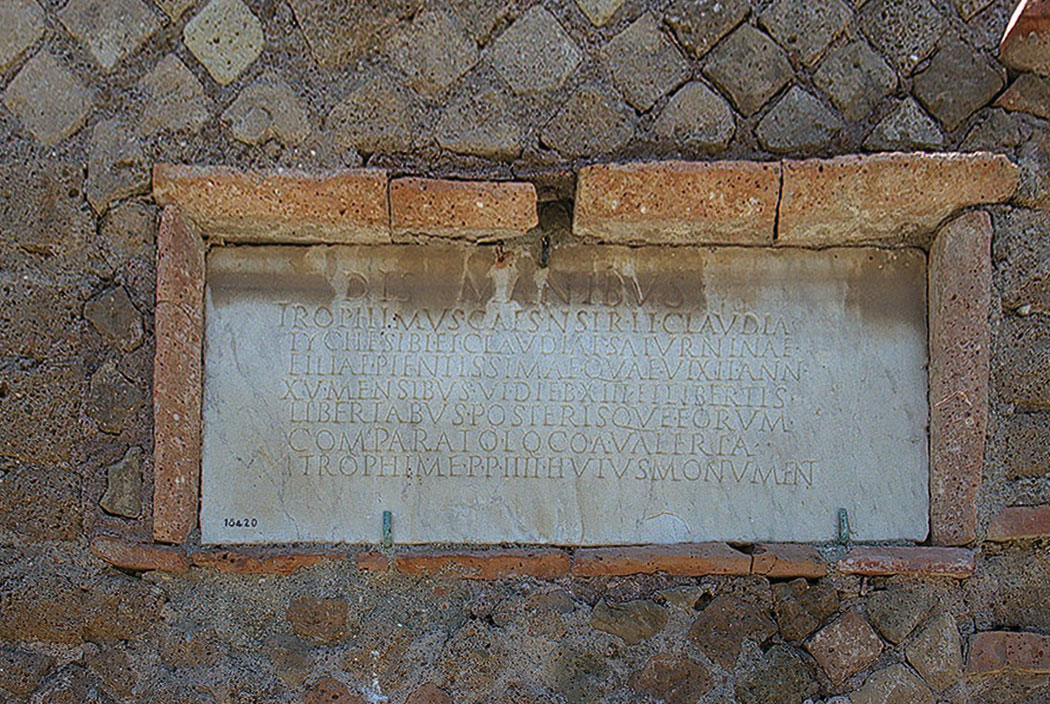

the construction of the new chambers.
In the back the original burial chamber.
TROPHIMVS CAES(aris) N(ostri) SER(vus) ET CLAVDIA
TYCHE SIBI ET CLAVDIAE SATVRNINAE
FILIAE PIENTISSIMAE QVAE VIXIT ANN(is)
XV MENSIBVS VI DIEB(us) XIII ET LIBERTIS
LIBERTABVS POSTERISQVE EORVM
COMPARATO LOCO A VALERIA
TROPHIME P(ro) P(arte) IIII HVIVS MONVMENT(i)
The inscription tells us that the monument was erected by Trophimus, slave of our Emperor, and by Claudia Tyche for themselves and for their most pious daughter Claudia Saturnina, who lived fifteen years, six months and thirteen days, for their freed slaves, and the descendants.
A fourth part of the monument (probably only of the enclosure) was bought from Valeria Trophime.
The enclosure consists of four columbaria and a corridor between the burial chamber and the street. An inscription on the right side of the enclosure describes the subdivision made by the descendants of the builders of the original tomb.
On a marble slab of 30 x 35 cms we can read the following text:
D(is) M(anibus)
C(aius) GALGESTIVS HELIVS LOCO PVRO
EMPTO A VALERIA TROPHIME
FECIT SIBI ET SVIS AEDICVLAM
IVNCTAM PARIETI INTRAN
TIBVS PARTE DEXTRA IN QVA
SVNT OLLAE N(umero) XIIII PRAETER
EAM OLLAM QVAM DONAVIT
TROPHIME GALGESTIO VITALI
EX QVIB(us) OL(lis) I POMPON(iae) CHRYSOPOLI D(ono)
D(ed)I(t)
After he has bought an empty place from Valeria Trophime, Caius Galgestius Helius has added an aedicula for himself and his family to the wall on your right hand when you enter, in which you will find fourteen urns, with exception of one urn given by Trophime to Galgestius Vitalis. Another of these urns has been donated to Pomponius Chrysopolis.
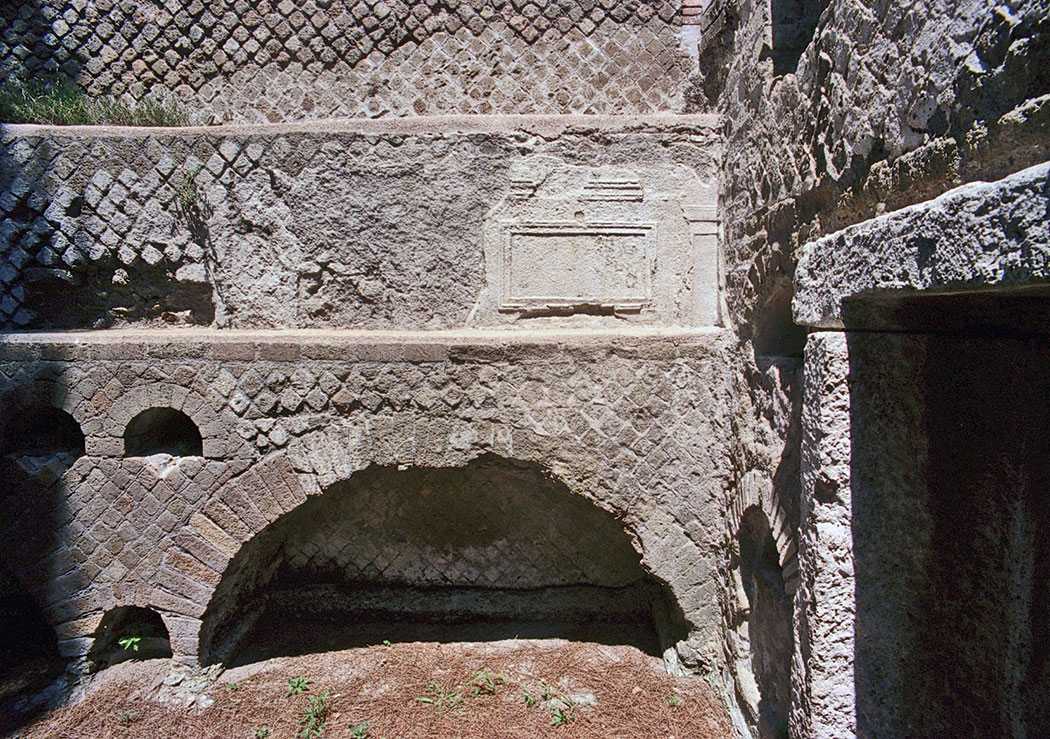
A third inscription, probably coming from the second room on the right side (now in the Ostian depot), gives us the following information on a marble slab of 24 x 40 cms:
D(is) M(anibus) EVHODVS CAES(aris) N(ostri) SER(vus)
ET VENNONIA APPHIS LOCO
EMPTO A VALERIA TROPHIME
FECERVNT SIBI ET LIBERTIS
LIBERTABVSQVE EIVS POSTERIS
QVE EORVM
After they bought the rights from Valeria Trophime, Euhodus, slave of our Emperor, and Vennonia Apphis have made this for themselves and for their freed slaves and for the descendants.
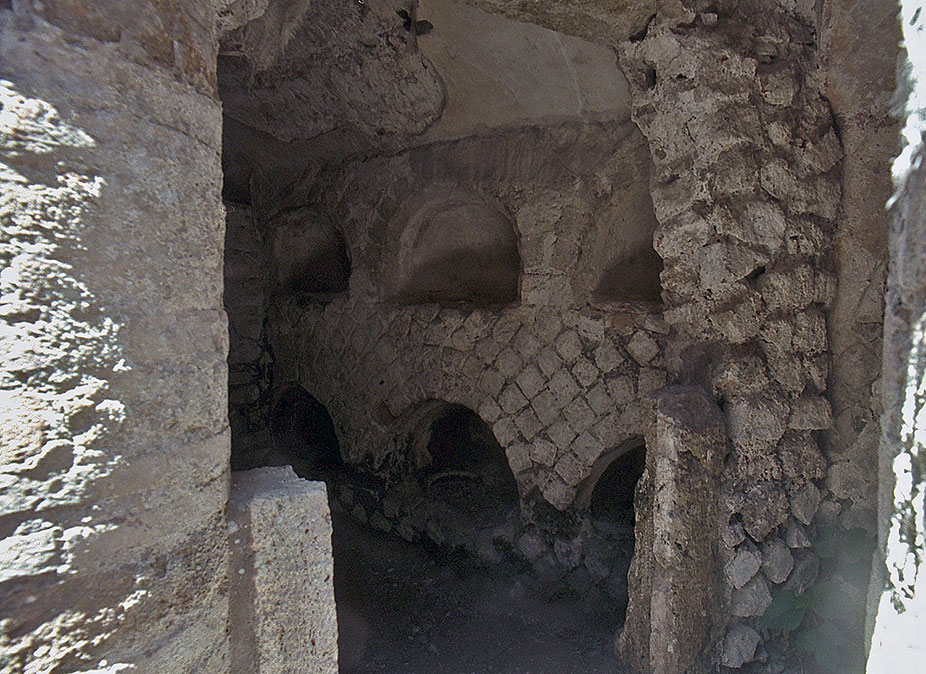
- Sources
- Russel Meigs - Roman Ostia, At the Clarendon Press 1973
- Guido Calza - Necropoli nell'Isola Sacra'(1940)
- Dr. Jan Theo Bakker.
- Hilding Thylander - Inscriptions du port d'Ostie (Lund C W K Gleerup 1952).
- Ida Baldassarre, Irene Bragantini, Chiara Morselli and Franc Taglietti - Necropoli di Porto, Isola Sacra (Roma 1996).
Waardeert u ons werk?
Wordt lid van Roman Ports en ontvang het boek of doe een donatie!
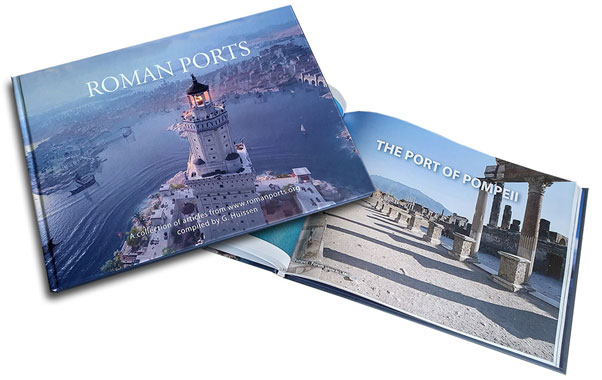 Wordt lid en steun ons
Wordt lid en steun ons
De teruggevonden vloot van Pisa

In 1998 werd bij toeval een ongelooflijk archeologisch erfgoed ontdekt in de buurt van het station Pisa San Rossore....
Lees meer...Leptiminus
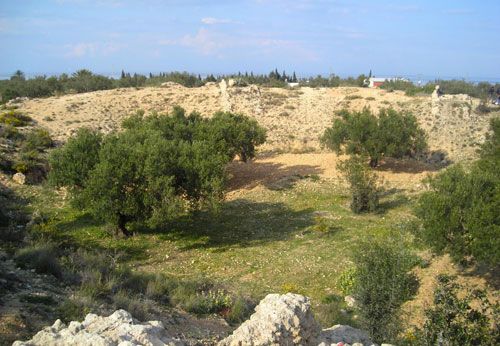
Op de plaats van het huidige Lamta aan de oostkust van Tunesië lag al in de oudheid een havenstad met de naam Leptis Minor ....
Lees meer...Romeins Zeehandelsrecht

Het Romeinse recht is het fraaiste monument dat Rome aan West-Europa heeft nagelaten....
Lees meer...Sullecthum (Salakta)

In de Sahel, in de Tunesische provincie Madhia vinden we aan zee het kleine stadje Salakta....
Lees meer...
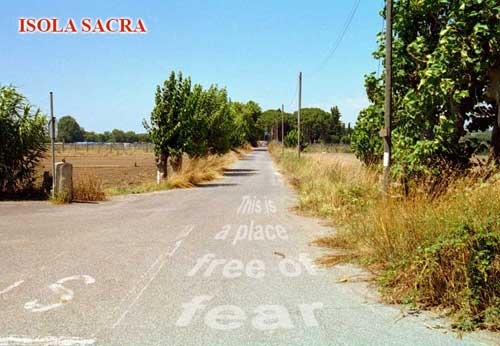
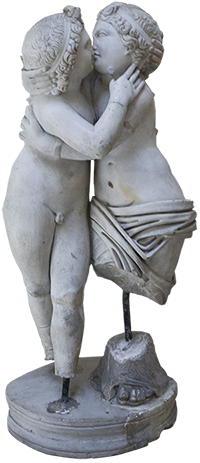 We are committed to providing versions of our articles and interviews in several languages, but our first language is English.
We are committed to providing versions of our articles and interviews in several languages, but our first language is English.